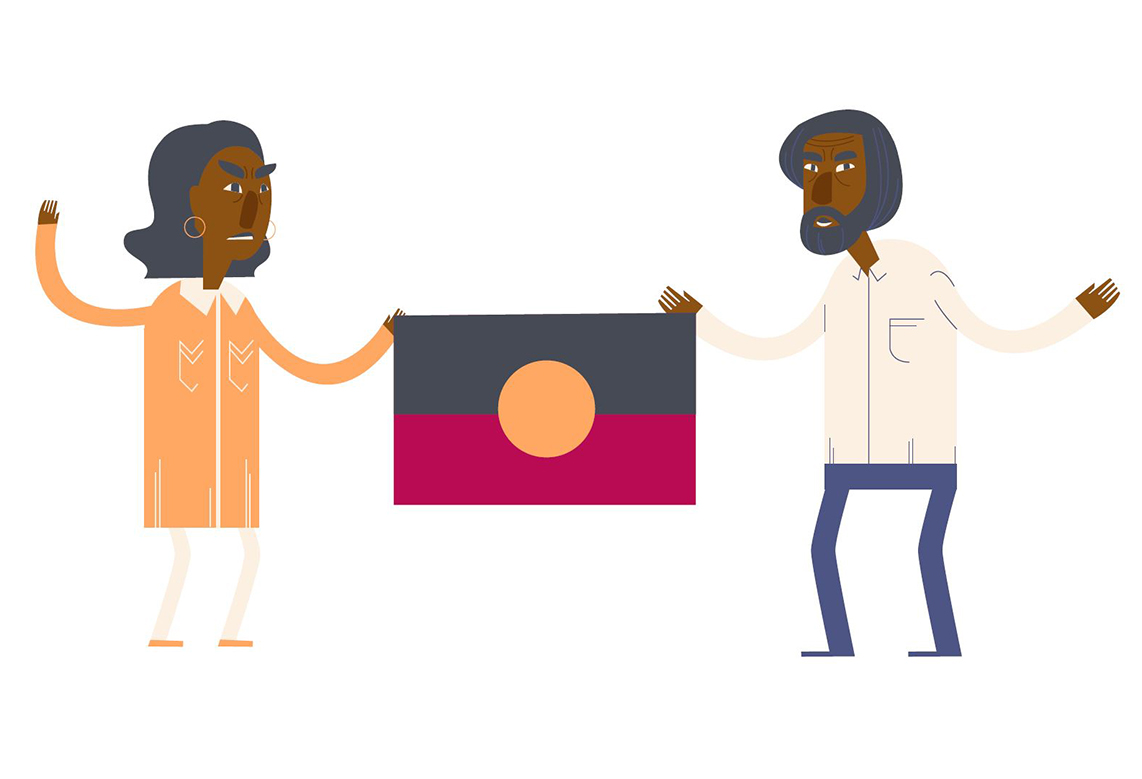
1938 Day of Mourning
The 1938 Day of Mourning marked 150 years since the arrival of the First Fleet.
On 26 January 1938, many Australians celebrated 150 years since the arrival of the First Fleet and the colonisation of Australia. However, for some people, this was not a day to celebrate. For some Aboriginal people, the day marked 150 years since the “seizure of our country.” To highlight the suppression, struggle and callous treatment experienced over the previously century and a half, Aboriginal leaders called for a day of mourning and organised a protest to follow the sesquicentenary parade.
The parade was followed by a silent march from Sydney Town Hall to Australian Hall where over 100 Aboriginal people attended the ‘Australian Aborigines Conference’. The conference resulted in a resolution asking the people of Australia to advocate for policy that would “raise our people [Aboriginal people] to full citizen status and equality within the community”.
The debate about whether 26 January should be celebrated or mourned continues to this day.
